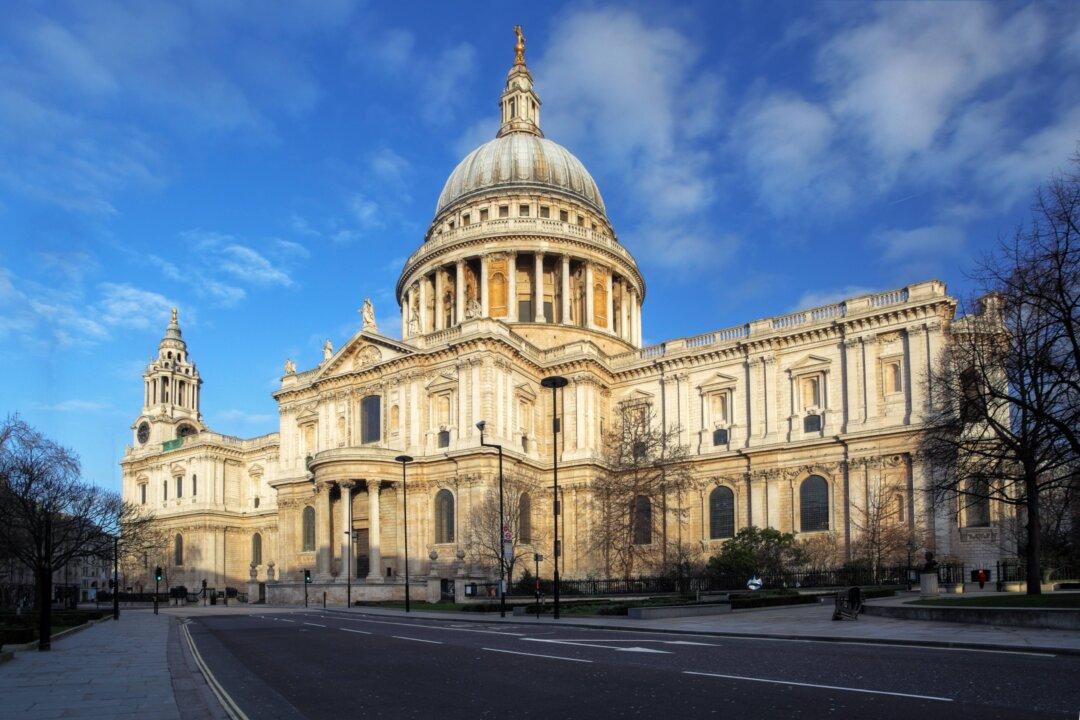Located in the heart of the Spanish capital, the Royal Palace of Madrid stands as a symbol of Spain’s regal heritage. Built in the mid-18th century atop an old Moorish fortress in the French Baroque and neoclassical styles, the palace spans over 1 million square feet and almost 3,500 rooms. The Royal Palace is the official residence of the Spanish royal family and is still used for state functions. Madrid’s Royal Palace is famous for being one of Europe’s largest palaces.
King Philip II modified the original Moorish fortress in 1561 into the royal residence, the Alcázar. After a fire destroyed the palace in 1734, King Philip V ordered the construction of a Royal Palace. Construction began in 1738, designed by several architects, including Filippo Juvarra, Giovanni Battista Sacchetti, and Francesco Sabatini. The Royal Palace was inaugurated in 1764.






